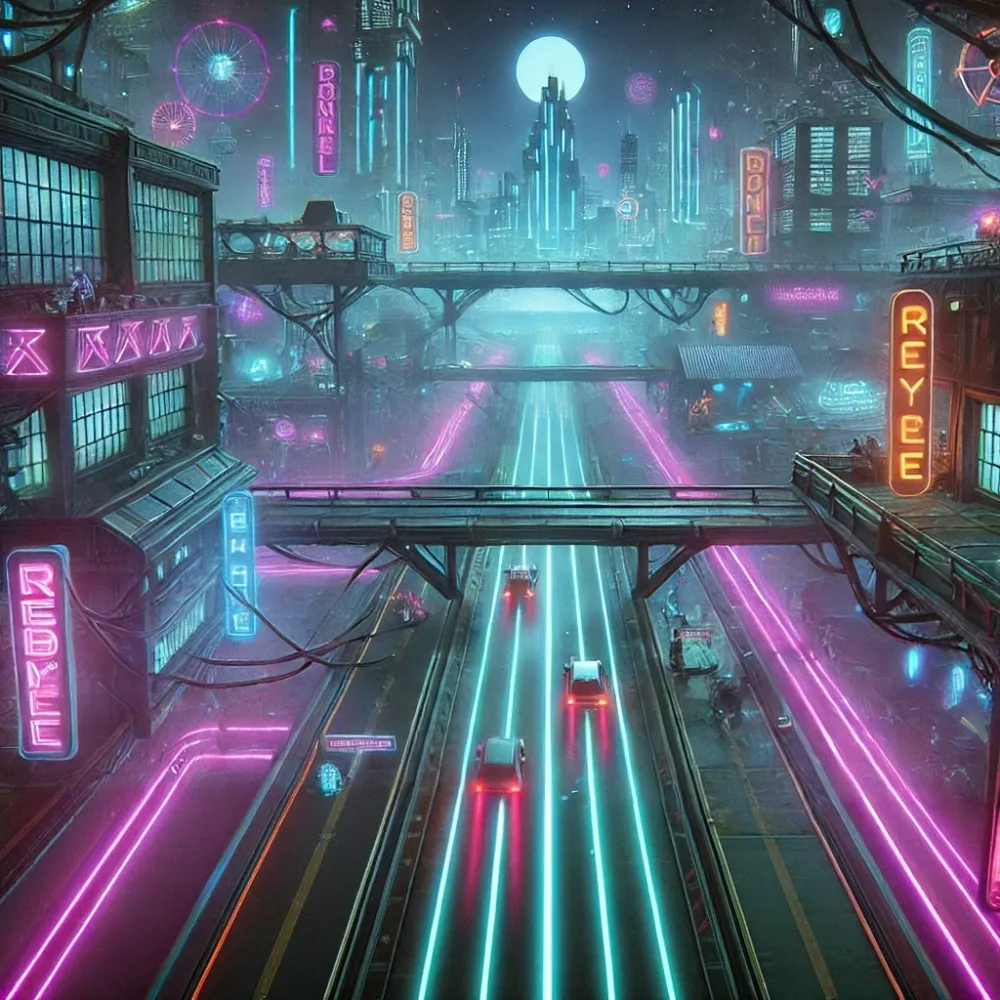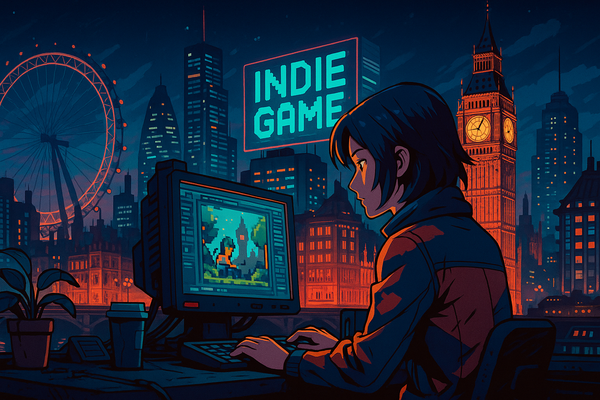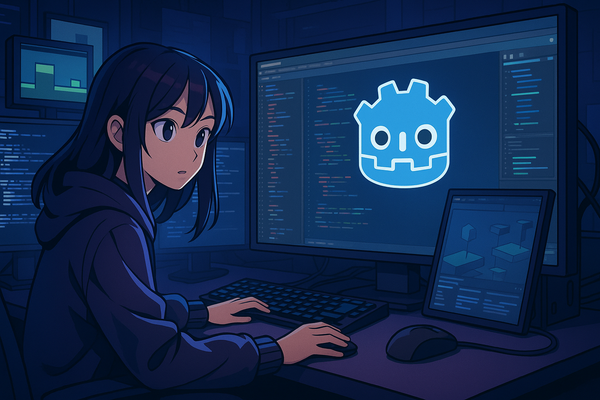How to design replayable indie games for Long-Term engagement
Replayability is a critical factor in the longevity of an indie game, providing players with reasons to return time and again. Unlike linear experiences, replayable games offer fresh challenges, new content, and engaging mechanics that encourage multiple playthroughs. Here’s how indie developers can design replayable games that foster long-term engagement, keeping players invested over time.
1. Dynamic environments and procedurally generated content
One of the best ways to increase replayability is by creating dynamic environments and procedurally generated content. Dynamic environments evolve based on player actions, making every playthrough feel unique. For instance, changing weather, shifting landscapes, or new challenges ensure that players face fresh obstacles each time they play. Procedural generation, as seen in games like The Binding of Isaac and FTL, randomizes elements such as levels, loot, and enemies, keeping the experience exciting with each run(SpaceDraft)(MoldStud).
Procedural generation has the added benefit of reducing development time while scaling content, allowing indie developers to create expansive game worlds with fewer resources. It enhances both immersion and replay value, giving players endless variations to explore(Game Wisdom).
2. Branching narratives and player choices
Another key design element that fosters replayability is the use of branching narratives and meaningful player choices. Games like Mass Effect and The Witcher 3 are perfect examples of how different choices lead to various story outcomes, giving players a reason to replay the game and explore alternative paths(SDLC Corp). Providing multiple storylines not only increases the depth of the game but also allows players to feel a sense of ownership over their experience.
Incorporating player agency ensures that each playthrough offers a unique journey, allowing players to see how different choices impact the world and its characters. You can enhance this further by including New Game+ modes, unlockable endings, or additional content available after the first playthrough.
3. Mod support and Player-Created content
Supporting mods and player-generated content can dramatically extend a game’s lifespan. By empowering your community to create new levels, characters, or game modes, you increase the variety of experiences players can have. Games like Skyrim and Minecraft have long relied on modding communities to keep players engaged long after the official content was exhausted.
Indie developers can also foster replayability by offering tools or incentives for modders to contribute to the game’s ecosystem. This not only drives long-term engagement but also builds a loyal community around your game.
4. Rewards, achievements, and unlockables
Implementing unlockable content and achievements provides players with clear goals to strive for. Whether it’s new skins, levels, or in-game achievements, these rewards give players a sense of progression and accomplishment, encouraging them to revisit the game. Games like Hades use this system effectively, allowing players to unlock new skills or abilities in subsequent playthroughs.
Unlockable content also creates a sense of mastery—players want to perfect their strategies and explore every corner of the game world. This mechanic fosters not only replayability but also player investment as they work towards 100% completion.
5. Social Connectivity and Multiplayer Modes
While not every indie game needs multiplayer, incorporating social connectivity or co-op modes can enhance replayability by allowing players to share their experiences with others. Games like Left 4 Dead have built entire communities around their cooperative gameplay, providing new reasons for players to return as they collaborate with friends to tackle new challenges.
Even if multiplayer isn’t feasible, enabling leaderboards or competitive scoring can foster community-driven replayability. Players will come back to improve their rankings and engage in friendly competition.
Replayability is an essential design element that can significantly extend the lifespan of an indie game. Whether through dynamic environments, branching narratives, mod support, or unlockable content, indie developers have numerous tools at their disposal to keep players coming back. By focusing on elements that encourage multiple playthroughs, you can create a game that not only delights players on the first run but keeps them engaged for years to come.
For more on replayability and game mechanics, check out our article on procedural generation and how it enhances indie games.




